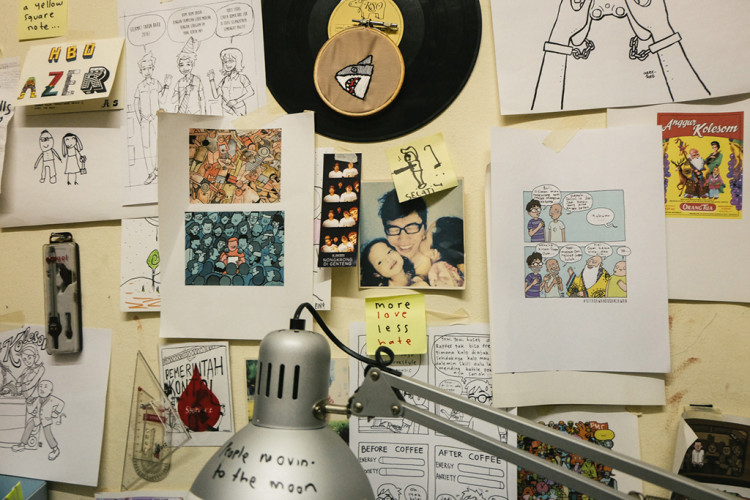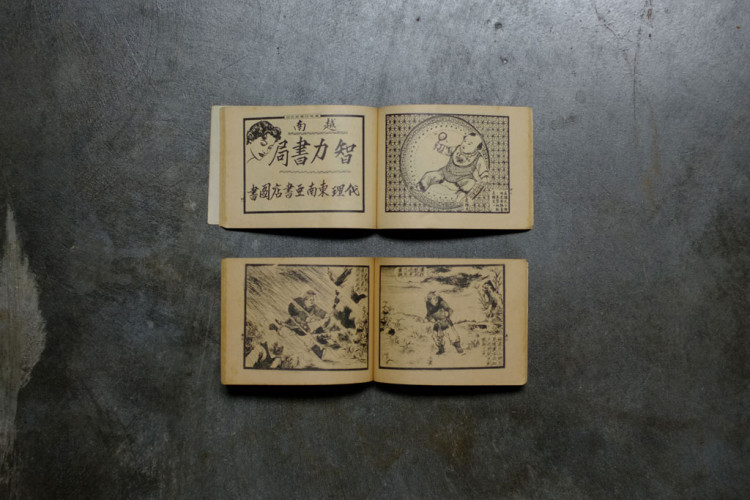An Autodidact’s Paradise
A Selection of 10 Books for Independent Learners
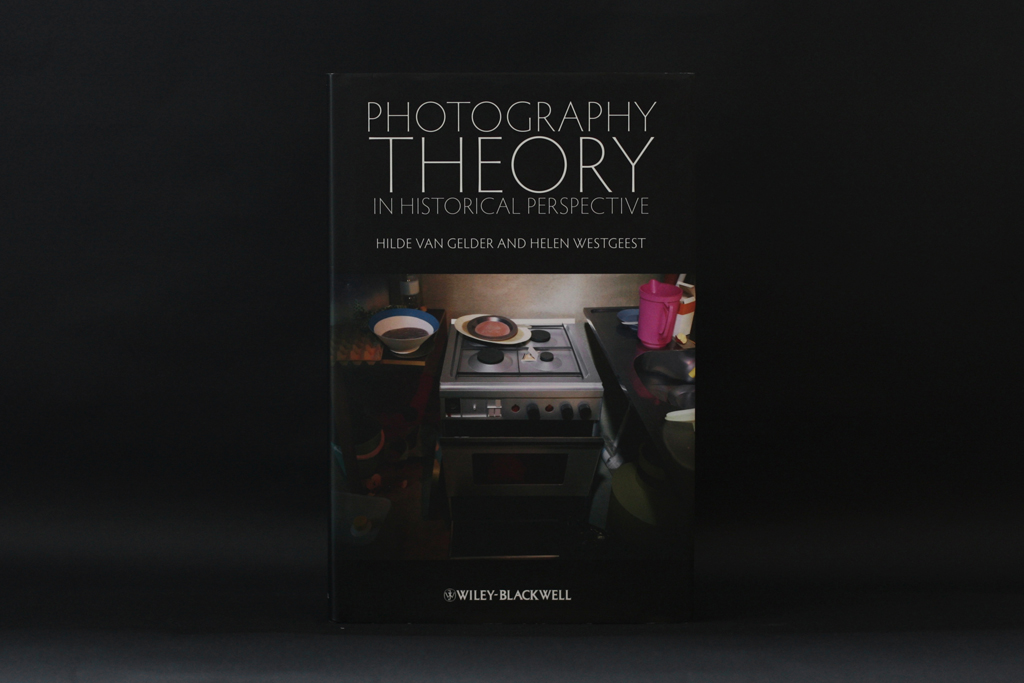
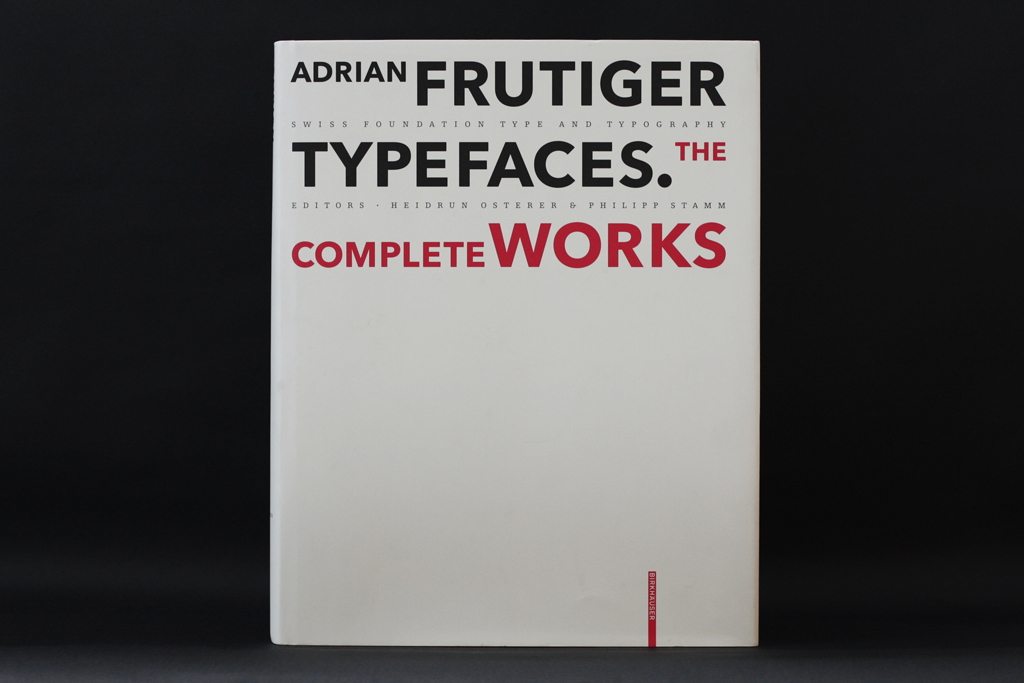
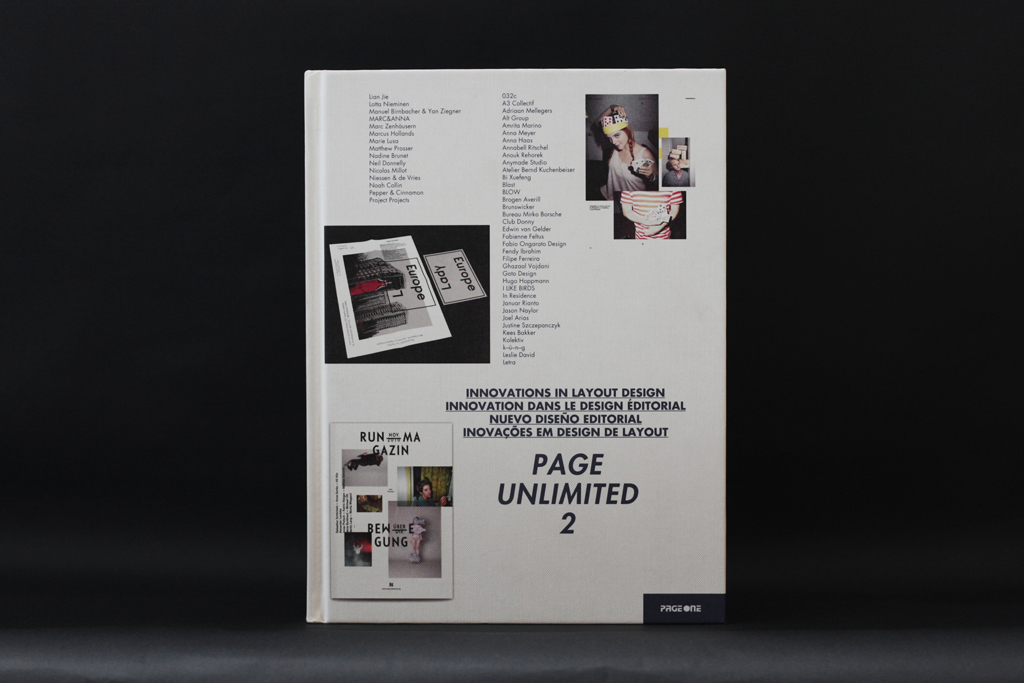
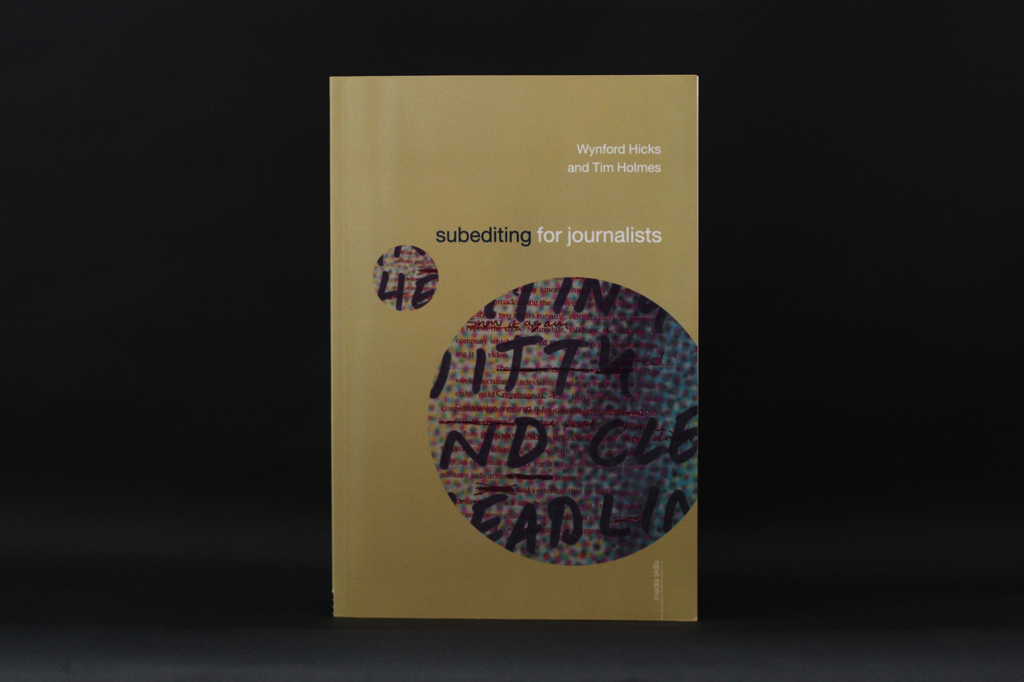
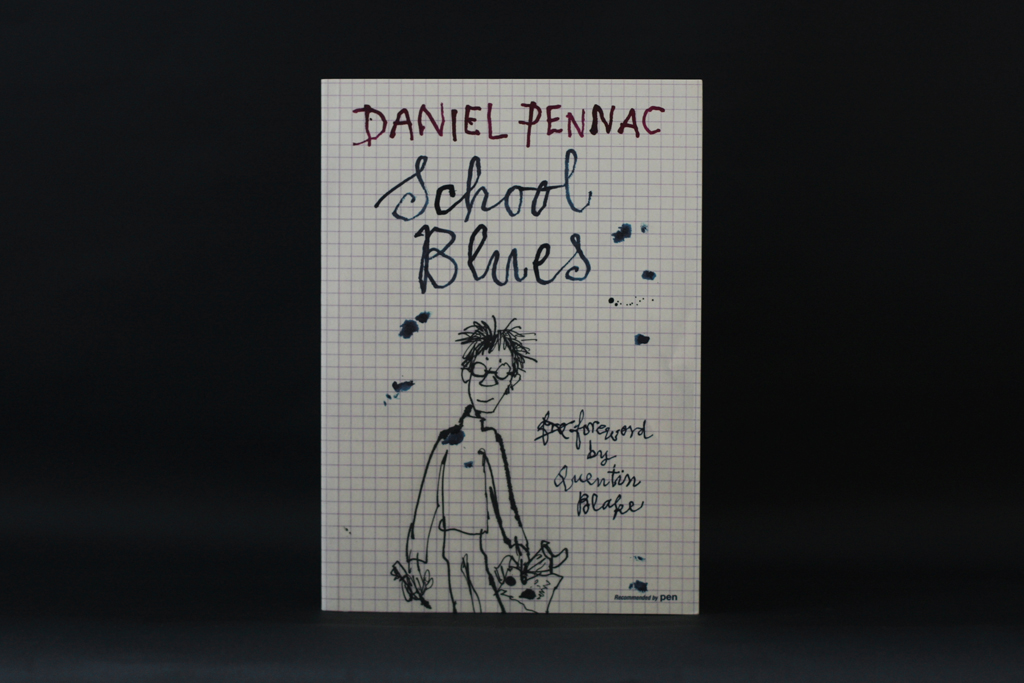
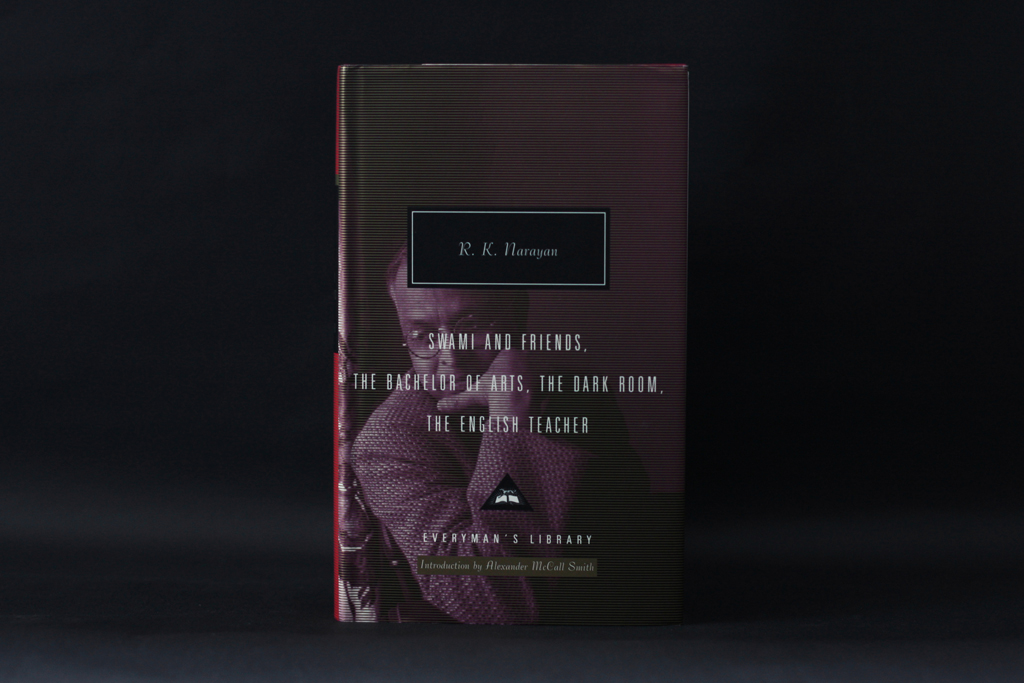
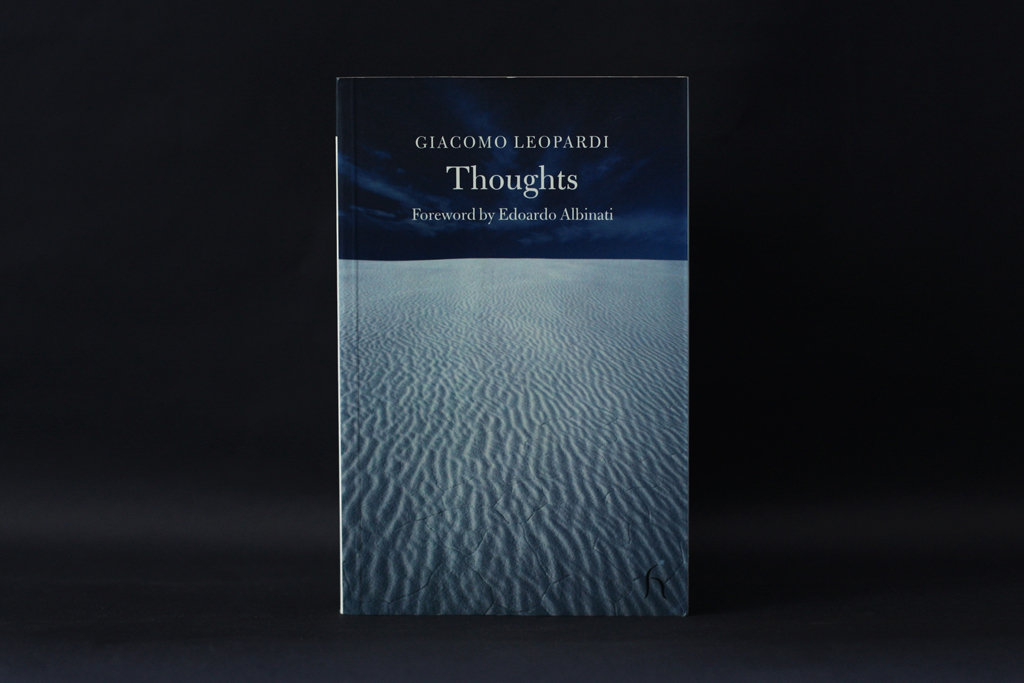
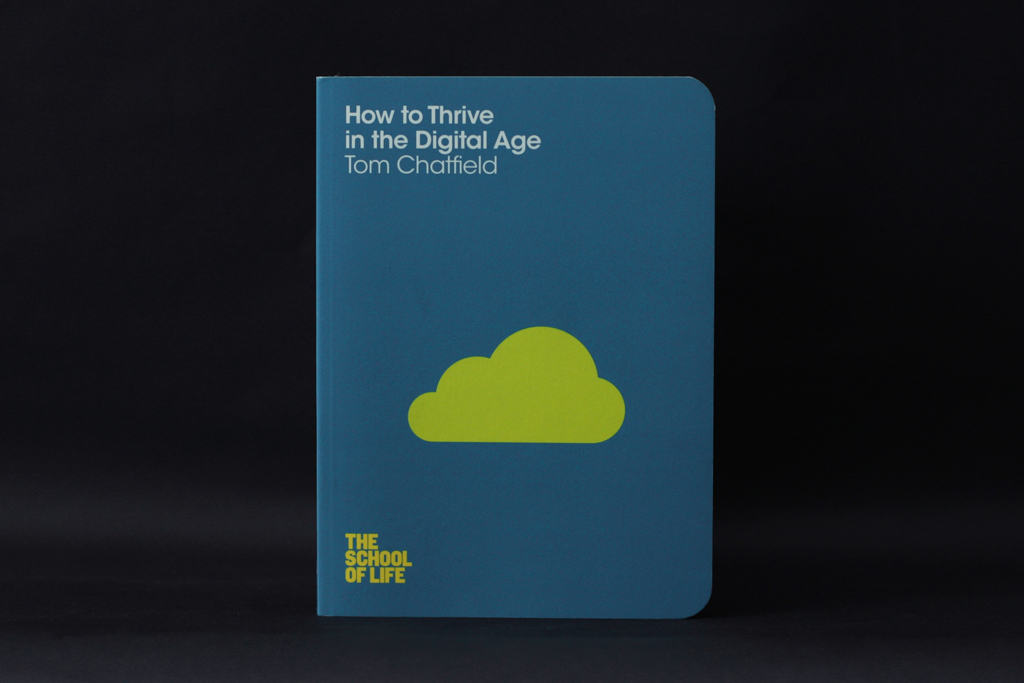
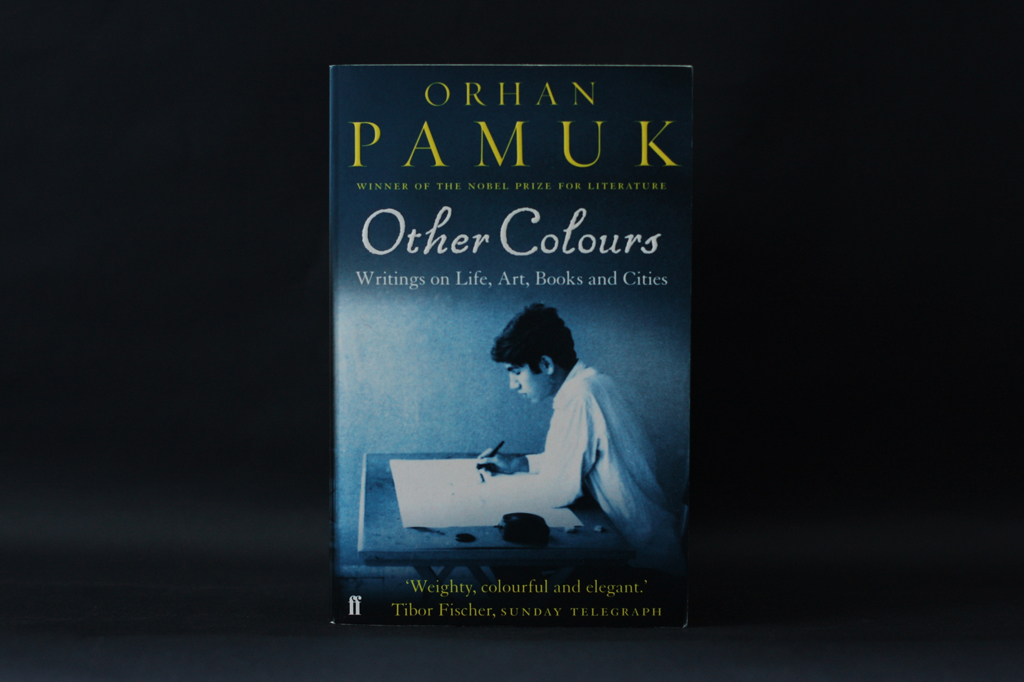
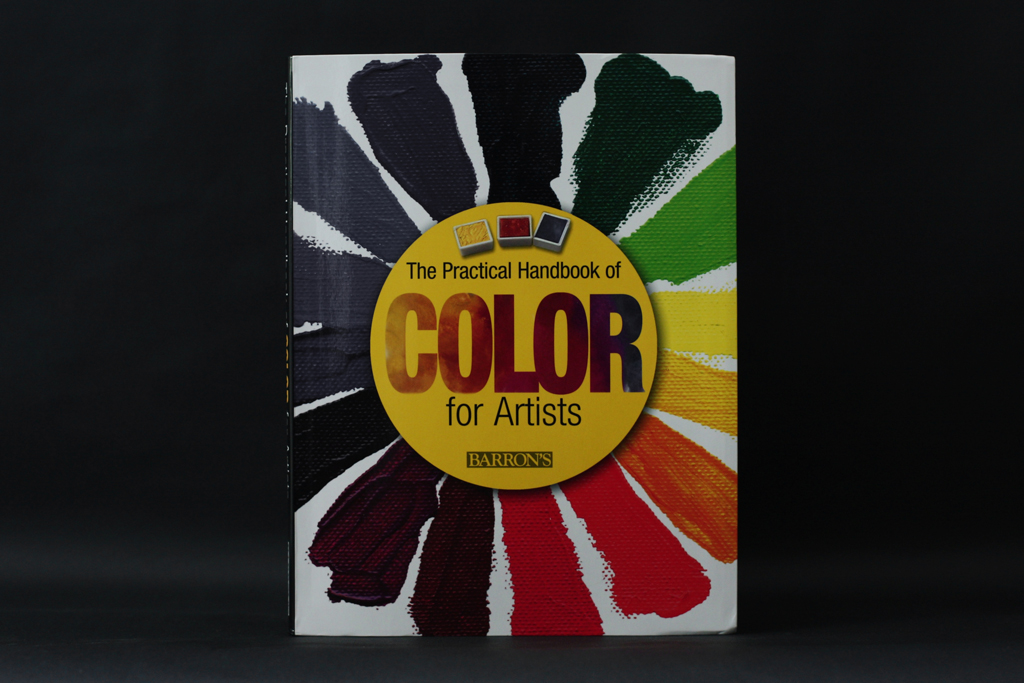

Photography Theory in Historical Perspective
By Hilde van Gelder and Helen Westgeest
Wiley-Blackwell
Photography is an art form that one learns by doing, though theorists would most likely say otherwise. But perhaps they have a point. Practicing without the support of theory is like building a house that does not have a strong foundation. To master a craft, one must be familiar with its every nook and cranny. Photographers who are aware of the wider concept would not aimlessly click shutters because they would understand that the process has a huge impact on the final frame. “Photography Theory in Historical Perspective” provides in-depth discussions on theories, as well as their historical development – broadening readers’ view on photography. While the book is a challenge to read, it is definitely worth our time and effort.
Adrian Frutiger – Typefaces: The Complete Works
Edited by Heidrun Osterer and Philipp Stamm
Birkhaeuser
Typography makes language visible. Without it, we would only rely on speech – a form of communication that makes information flow as opposed to one that gives facts and thoughts a home to rest. We would be unable to give thoughts a form. One name that stands in the field of typography is Adrian Frutiger. His efforts to maximize the readability of texts by refining their individual components – typefaces – have made him the status of the “standard setter.” This voluminous book consists of a detailed breakdown of every single typeface Frutiger developed. Apart from proving the Swiss designer’s contribution to typography, this book also exhibits his passion for logos – noting that he is “fascinated by the simplicity of abstract symbols, by the allure of letters, which, by arranging them in a certain way, can make every thought in the world accessible.” This meticulously compiled book is bound to spark the interest of professional typographers and causal enthusiasts alike.
“The Bachelor of Arts” in Swami and Friends, The Bachelor of Arts, The Dark Room, The English Teacher
By R. K. Narayan
Everyman’s Library
Set in the fictional city of Malgudi, “The Bachelor of Arts” is about an intelligent university student named Chandran. In the early stages of the story, he is portrayed as a confident and thoughtful young man who persistently seeks to find meaning in even the simplest things he encounters. But his undisturbed academic life changes when he falls in love with Malathi. Like most coming-of-age stories, love brings in all sorts of troubles. In this case, they are presented in the form of religious and cultural obstacles. Narayan’s dry prose eliminates every bit of dramatic allure typical of stories about youthful love. While his style can make reading The Bachelor of Arts feel like a chore, the absence of even the faintest hint of excitement in Narayan’s words helps readers to focus on the story’s underlying message. It would be better to read this novel as a study of society, and how the rigidity of tradition and religion can throw people into confusion and discomfort.
How to Thrive in the Digital Age
By Tom Chatfield
MacMillan
The Internet has not only become widely available, but it has also become much easier to use. Information has never been so accessible, and it is this incredible accessibility that brought plenty of joy to a civilization that once had to go to great lengths to obtain what is not readily available on Google. The negative effect of this newfound convenience, however, is that it makes us assume that being able to obtain information with little to no effort means we know how to use it well. What can benefit us? What cannot? The more dependent we are on technology, the more important these questions become. “How to Thrive in the Digital Age” is a part of The School of Life series – a collection of self-help books that approach the concept of modern society from a digestible philosophical perspective. Tom Chatfield covers issues related to the development of technology, and he makes an intriguing point: our relationship with gadgets is so intense that it has redefined our waking state. Despite the many shocking data Chatfield reveals, as well as his own observations on our “wired” generation, he ends the book on a hopeful note. He believes that even though technology – especially the Internet – has presented lots of problems, it also provided plenty of solutions.
The Practical Handbook of Color for Artists
Edited by Maria Fernanda Canal
Barron’s
There is no right or wrong when it comes to art, but since it is a platform where individuals convey their personal emotions and ideas about the world, an artist ought to know its technical aspects. Color is one of the tools that artists – particularly painters – work with because “painting is the art of distributing particles of color on the surface of the canvas, board, or paper.” By understanding color composition, and the strength of each color’s visual impact, artists will be able to express themselves more effectively. “The Practical Handbook of Color for Artists” is a handy manual for established and budding artists who are willing to deepen their knowledge about the role of colors.
Other Colours
By Orhan Pamuk
Faber and Faber
It is no surprise that Orhan Pamuk won the Nobel Prize for Literature because even though he is recognized for his novels, he is also a master of essays. “Other Colours” is a wonderful collection of Pamuk’s most personal reflections – exposing readers to the great author’s thoughts on domestic life, nationalism and culture, as well as the nature of reading and writing. His ability to transform his deepest and most sincere emotions into words without being unnecessarily sentimental is a skill that aspiring essayists ought to study. The book is composed of essays that are neither too short nor too long. But its real charm lies in Pamuk’s ability to successfully write about his experiences without resonating a vibe of self-importance.
Page Unlimited 2: Innovations in Layout Design
Edited by Sandu
Page One Publishing
The end of something is often the beginning of something else. The collapse of a number of large magazine companies has made it possible for independent magazines to explore less conventional, if not completely new methods. Though some companies have managed to save themselves by migrating to the digital realm – creating a surge of innovations in the tablet format – the attachment that people have to paper is not easy to sever. What is the explanation behind this stubborn loyalty to print? Fortunately or unfortunately, it has little to do with love and more to do with the creative freedom that the medium gives to designers who enjoy experimenting with layouts. “Page Unlimited 2: Innovations in Layout Design” is a fantastic compilation of various forms of paper-based publications that have been praised for their striking visual features.
Subediting for Journalists
By Wynford Hicks and Tim Holmes
Routledge
Writing for a newspaper or magazine is no walk in the park. With the desire to write a great article and the horror of deadlines constantly fighting to find a place one’s mind, the job is indeed a tough one. Due to such pressures, is not uncommon for journalists to make errors ranging from typos to the more dangerous mistake of using incorrect data. Since publications need to maintain their credibility, it is important to prevent such mistakes from appearing on the final print. This is where subeditors come in – eagle-eyed professionals who rarely enjoy the spotlight, but whose contribution is considered to be one of the most crucial in the world periodicals. Their responsibilities range from proofreading to choosing appropriate typefaces. “Subediting for Journalists” is an essential guidebook for anyone who is interested to learn about the basic skills necessary to become a subeditor. The recent popularity of online publications has “enhanced the role of subeditors” because their format calls for more concise articles to keep up with the pace of the net.
School Blues
By Daniel Pennac
MacLehose Press
“I’m planning a book about dunces. About the pain of incomprehension and the damage it can do,” wrote Daniel Pennac. And this book shows that he followed through with his plan. Part pedagogical criticism part autobiography, “School Blues” is dedicated to all marginalized students. As a child, Pennac struggled with his studies. But here’s the twist: Despite Pennac’s clear incompatibility with school, he decided to become a teacher. On the surface, this makes no sense. After all, what would parents think if they knew their children are taught by someone who was once a bad student? If we take a deeper look at the matter, however, Pennac’s decision makes perfect sense. Because it is those who had been directly impacted by the worst points of the schooling system who know how to overcome them. His uncomfortable experiences as a boy allow him to help students who are going through the same situation. Formal schooling’s many flaws are mentioned throughout the book, but Pennac remains generally positive about the role of education. His engaging narration and clever use of analogies to explain the mechanics of the education system make this book entertaining, yet equally thought-provoking.
Thoughts
By Giacomo Leopardi
Hesperus Press
Philosophy is extremely interesting, but its appeal is often outweighed by its image of seriousness. The language in which many of philosophy’s most notable figures are indeed rather intimidating, but not all philosophers are the same. The way they explain their thoughts also vary. Some are able to effortlessly package their complex ideas in brief paragraphs that are as casual as a journal entry. The Italian philosopher, poet and essayist, Giacomo Leopardi, is a wonderful example. “Thoughts” contains Giacomo’s ponderings on the bittersweet aspects of humanity, as well as life’s inevitable truths – the ones that we rarely acknowledge out of fear, shame, or sheer ignorance – that will surely enlighten readers. This book is a window through which we can catch a glimpse of one of history’s finest minds.
